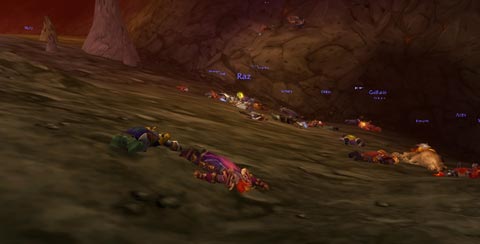6S DMAIC: Define
The first step of problem solving is figuring out what the problem actually is. Within manufacturing, a problem statement is usually focused on meeting product requirements:
- An inspection point finds many units failing a critical requirement
- Many 3rd party materials found to be defective
There is no shortage of manufacturing errors; slight variations in human, material, and machine often accumulate to produce massive, wide-scale issues.
What is the problem statement?
Some other, more relatable examples:
- Our raid group always wipes at the 2nd phase
- My aim is bad at FPS games

The problem must be quantified between pass and failure states.
If we identify a problem state, what is the acceptance criteria that is not being met?
- An inspection point must pass at least 90% units (50% are failing!)
- Our raid group has to kill the boss! (There are like 5 phases)
- I have to rank up to GM rating as insta-lock hitscan DPS (I’m a Plat player…)
With the problem statement, an ideal solution state must also be envisioned. When working in groups, this shared vision must be established to set expectations on resources and dedication.

I’ve been told by many seasoned engineers to stop “trying to save the world” with my problem statements. They can often be too ambitious and open-ended. If we proceed with “world changing” problem statements, it would just generate an action-item list that’d take several lifetimes to finish.
At that point, it’s up to the team (or management) to decide which action-item is the most feasible. Thus, the problem is refined anyways into something more achievable within a realistic timeline. In industry, the “customer” of a DMAIC isn’t necessarily the end-user, but could interpreted as the manager or site director that wants to see results.
After a problem statement, set goals realistic to your resources
I think this is the fault of people who try to make major New Year’s resolutions or drastic habitual changes (i.e I eat too much garbage, so my resolution is to eat no garbage!).
It becomes so challenging and despairing (I’m starving for some garbage), that they just give up after a few weeks (I HAVE TO EAT GARBAGE). Instead, if we set realistic goals (I can handle eating a little less garbage), we can curb disappoint and instead feel accomplished at the progress we do make.

Comments
Post a Comment